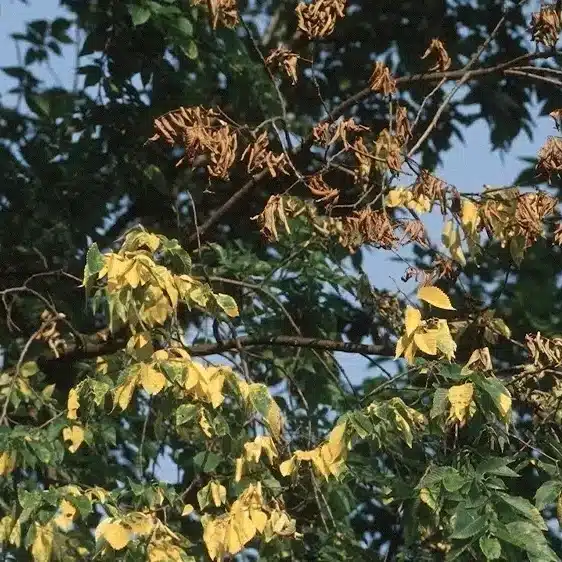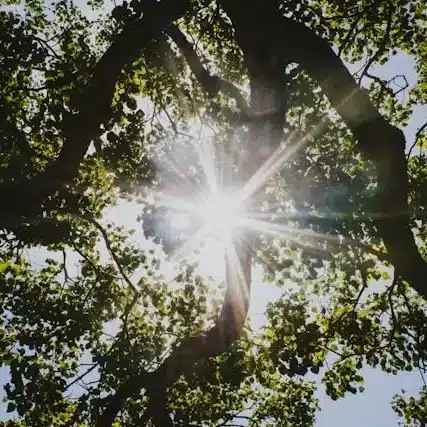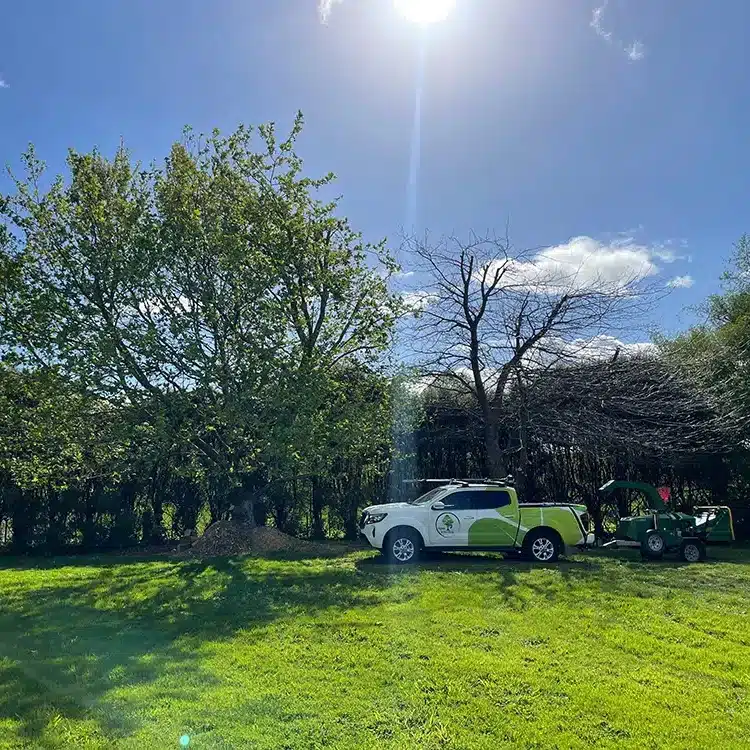Are you ready to grow native plants on your property? Our natives growing guide cuts through the complexity, directly addressing how to select, plant, and care for native species. Begin your journey to a sustainable and resilient garden by understanding the essentials presented in this guide, all tailored for the unique needs of native flora.
Key Takeaways
-
Selecting appropriate native plants for New Zealand gardens involves considering local climate, soil conditions, and the potential to attract native birds, requiring careful analysis of each species’ natural habitat and ecological needs.
-
Garden preparation for native planting entails improving soil quality with organic material, controlling weeds and grass, and planning the planting during the cooler months to ensure optimal plant establishment and growth.
-
Maintaining a native garden includes regular watering, mulching for soil health and weed suppression, monitoring plant health for nutrient deficiencies, and managing long-term revegetation projects with strategies to protect against pests, diseases, and extreme weather conditions.
Choosing the Right Native Species
The first step in embarking on a native planting journey is choosing the right species. Native plants in New Zealand have evolved to withstand local weather conditions, providing advantages such as water efficiency and resistance to local pests. Some native plants thrive with minimal care, while others may require more specific conditions, reflecting the variable nature of local ecosystems.
We will examine how factors such as local climate, soil, and the potential to attract native birds shape our plant selections.
Considering Local Climate and Soil
Understanding the climate conditions is critical for successful native plant selection. For instance, the Poor Knights Lily thrives in dry, warm, and sunny spots, while the Nikau Palm needs sheltered areas to prevent frost damage. Similarly, matching native plants to their natural soil habitats is key to their survival. For instance, swamp-dwelling Flax prefers moist soils, while Coastal Corokia and Cabbage Trees thrive in well-drained soils.
Attracting Native Birds with Plant Choices
Your native garden can also serve as a sanctuary for native birds by providing them with food resources and diverse habitats. Certain native plants provide nectar, seeds, or berries that attract native birds. For instance, Kowhai, with its lacy foliage and yellow flowers, specifically attracts Tui and Kereru.
A garden with a variety of heights and mixed native plant species creates diverse habitats, catering to different bird species and their ecological behaviours.
Preparing the Garden for Native Planting
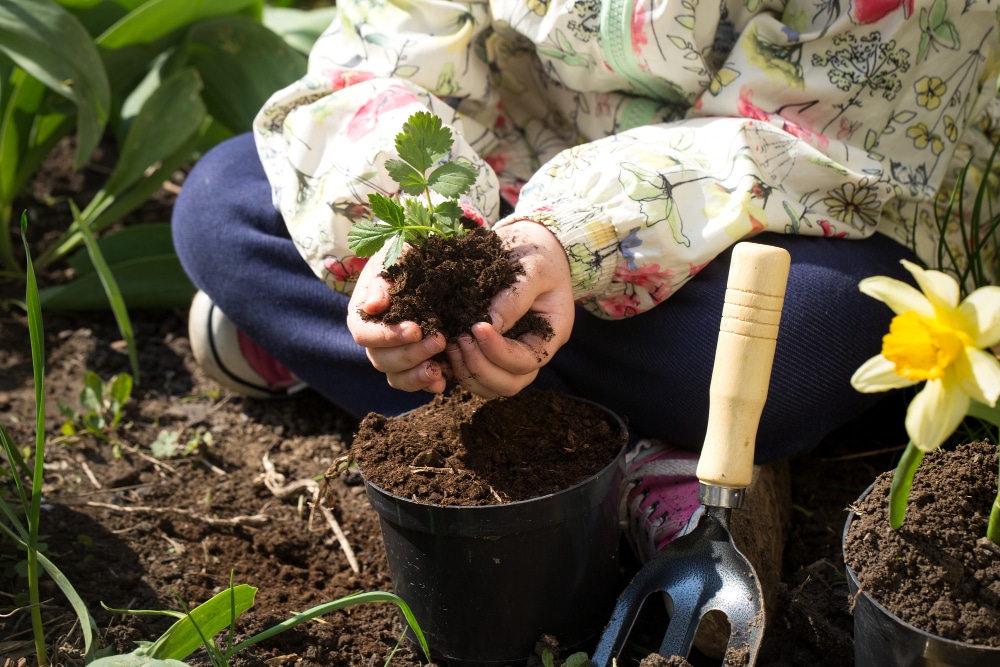
With our native species chosen, it’s time to prepare our garden. Site preparation involves observing the natural habitat of the plants and following good planting practices to ensure better growth outcomes for native plants.
Next, we will focus on enriching the soil to create a particularly rich soil with organic material and eliminating weeds and grass along the soil line, ensuring the presence of rich soil.
Enriching the Soil with Organic Material
To foster the healthy growth of native plants, we must enrich the soil with organic material. Here are some tips for improving soil conditions:
-
For planting natives in heavy clay soils, apply a clay breaker and soil conditioner to enhance drainage and air movement.
-
In sandy soils, add organic material like compost to aid in water and mineral retention.
-
Consider adding extra fertiliser to sandy soils to compensate for low nutrient levels.
Clearing Weeds and Grass
Next, we must tackle weeds and grass. For small areas, suppress weeds by using carpet or weighted-down cardboard before planting.
Larger sites may require scraping off weeds or grass from the topsoil using a spade or grubber and leaving the cleared vegetation to mulch the soil.
The Planting Process for Natives
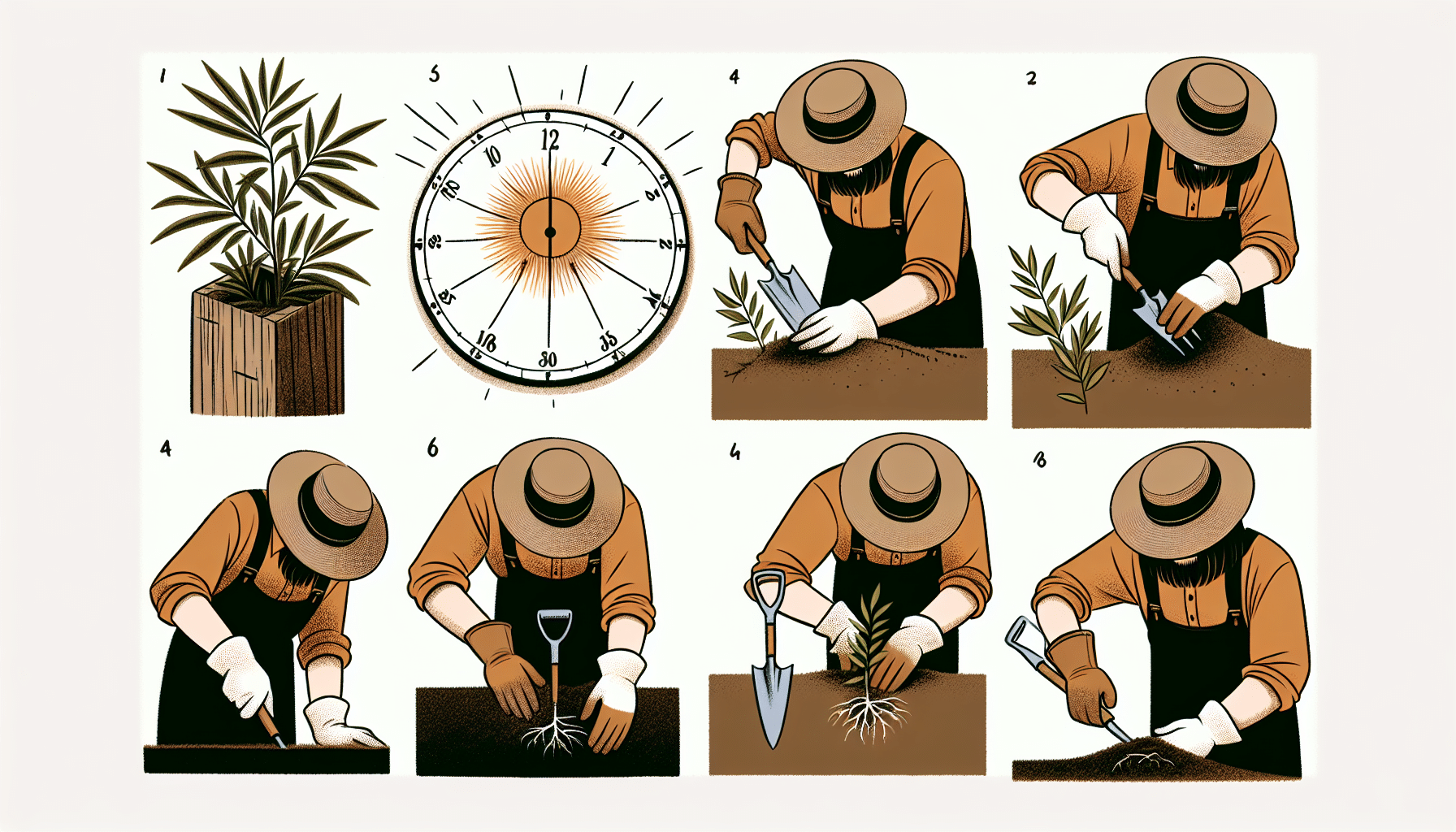
Hole Preparation and Plant Installation
With our garden ready, the next step is planting. This includes digging a hole that’s just a bit wider and deeper than the plant’s root ball. When preparing the hole, aim for a width of at least 200 millimetres and a depth that comfortably fits the plant’s roots. Before placing the plant, spread the roots out evenly. Should the roots be tangled, a vertical cut through the root ball may be necessary to encourage them to expand into the surrounding soil. It’s essential to shape the hole so there’s room for backfill to support the plant’s growth.
Timing Your Planting
The best times for planting native trees and shrubs in New Zealand are during the cooler months, specifically from April to May (autumn) and August to September (late winter to early spring). This allows plants to establish themselves before experiencing summer heat.
Post-Planting Care for Native Plants
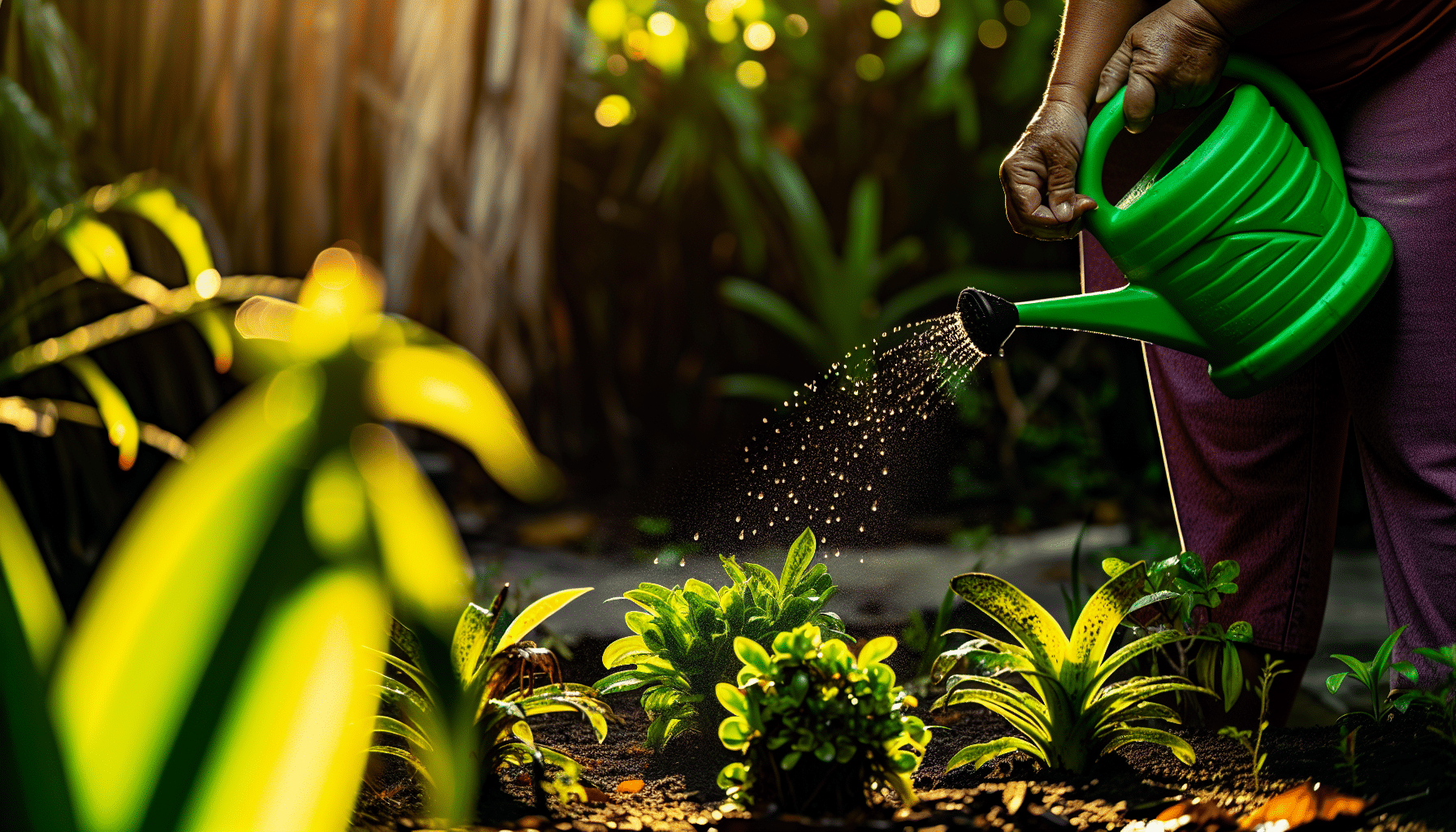
With our plants now in the ground, we’re not quite done. Our attention must now shift towards post-planting care. This involves watering, mulching, and weed suppression.
Watering Guidelines
Newly planted natives generally require regular watering to establish their root systems, particularly during dry periods. Watering should be less but longer to encourage deep root growth and should optimally be done early in the morning or later in the evening to maximise water absorption by the plants.
Mulching and Weed Suppression
Mulching is essential for the success of native plants, creating an environment similar to their natural habitat with a layer of decaying vegetation on the ground. Mulching aids in weed suppression and enriches soil organic matter as the mulch decomposes, contributing to soil fertility.
Fertilising Native Gardens
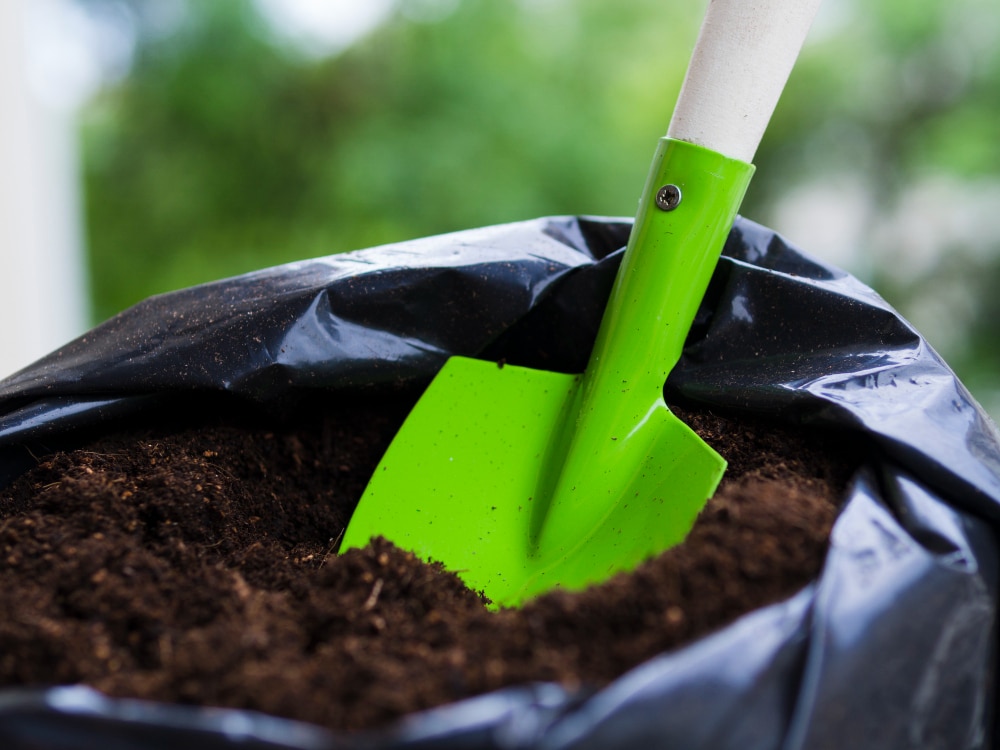
Even though native plants generally do not require a lot of fertiliser, a touch of blood and bone or sheep pellets can be applied in late winter and mid-summer if needed.
We’ll further explore the nutrient requirements of various species and how to keep track of plant health.
Nutrient Needs of Different Species
Regular measurement of pH, EC (electrical conductivity), and temperature is essential to prevent nutrient deficiencies in native plants.
An annual top-dressing of compost benefits flaxes by providing essential nutrients and helping to retain soil moisture, reducing the need for additional fertilisation, such as using controlled-release fertiliser.
Monitoring Plant Health
Regular observation of leaf colour and vigour can indicate if a native plant is experiencing a nutrient deficiency. Symptoms of nutrient deficiencies often appear similar across different nutrients, making it important to correctly identify the specific deficiency before treatment.
Managing Native Forest and Revegetation Projects
For those venturing into managing native forest and revegetation projects, several key considerations come into play. We’ll explore the selection of species for larger trees versus smaller plants and discuss long-term maintenance strategies.
Selecting Species for Larger Trees vs. Smaller Plants
To achieve a layered forest effect, consider a canopy, understory, and ground layer, mimicking the structure of New Zealand’s native forests for a diverse ecosystem.
The initial establishment of larger trees creates shelter, facilitating the survival and growth of smaller, more tender plants and groundcovers.
Long-Term Maintenance Strategies
Collaboration with local landowners and councils is important to maintain the integrity of native revegetation projects, ensuring restoration sites are protected, and native plantings remain free from reinvasion by pests.
Fencing around planting sites protects native seedlings from livestock, which can cause land to be more prone to slipping or erosion.
Adapting to Challenges with Native Species
Despite the best preparations and maintenance, challenges can arise with native species, such as pests, diseases, and extreme weather conditions.
What strategies can we adopt to navigate these challenges?
Coping with Pests and Diseases
Biocontrol leverages biology and ecology to manage pests such as aphids and plant rusts, serving as an eco-friendly alternative to chemical pesticides.
A comprehensive trapping network effectively controls animal pests, protecting native plants and contributing to the resilience of native ecosystems.
Resilience in Extreme Weather Conditions
Native plants are well-adapted to local climate conditions. However, they may still face challenges during extreme weather conditions. It’s important to adjust the maintenance routine for native plants with the changing seasons, such as reducing water in the cooler months and ensuring adequate hydration during dry spells.
Summary
In this guide, we’ve walked through the journey of native planting, from choosing the right species and preparing the garden to post-planting care and managing revegetation projects. Native planting is not just about beautifying our gardens; it’s about contributing to ecological preservation and biodiversity.
Frequently Asked Questions
How do you grow natives from seed in NZ?
To grow natives from seed in NZ, spread the seeds onto the seed-raising mix, cover them with a few millimetres of the mix, keep the mix moist, and wait for the seeds to germinate, which should happen within six weeks.
What is the best time of year to plant natives?
The best time of year to plant native plants is during winter through early spring. However, planting can be done at any time as long as plants are well-watered. Natives do not require particularly rich soil but benefit from the addition of compost, mulch, or organic material before planting.
What is the best fertiliser for NZ natives?
The best fertiliser for NZ natives is blood and bone or sheep pellets applied in late winter and mid-summer, as they can be beneficial for these hardy plants. Additionally, granular seaweed fertiliser or compost can be used as alternatives, especially for dog owners.
What are the benefits of native planting?
Native planting offers ecological preservation, biodiversity promotion, water efficiency, and resistance to local pests in gardens. These benefits contribute to a healthier, more sustainable environment.
How do I prepare my garden for native planting?
Prepare your garden for native planting by enriching the soil with organic material, clearing weeds and grass, and observing the natural habitat of the plants. Following good planting practices is also important to ensure success with native plants.


